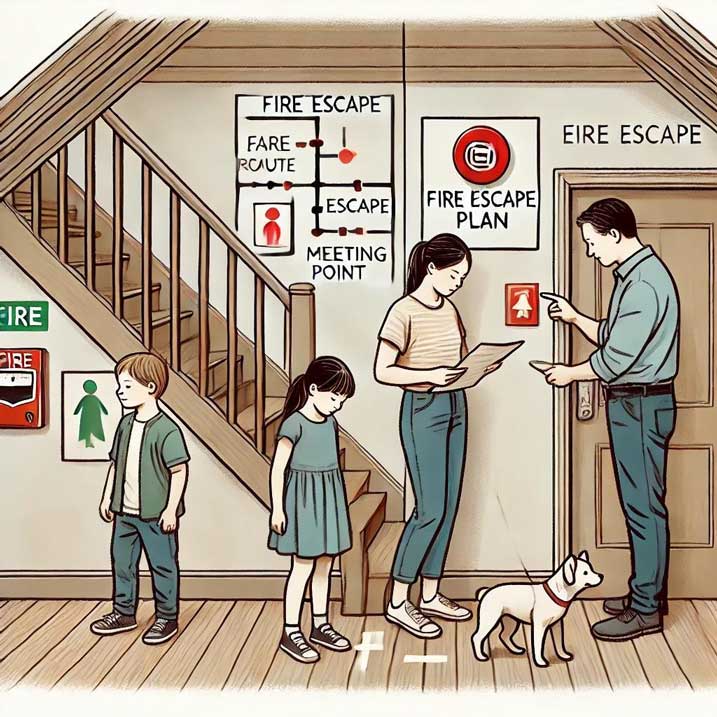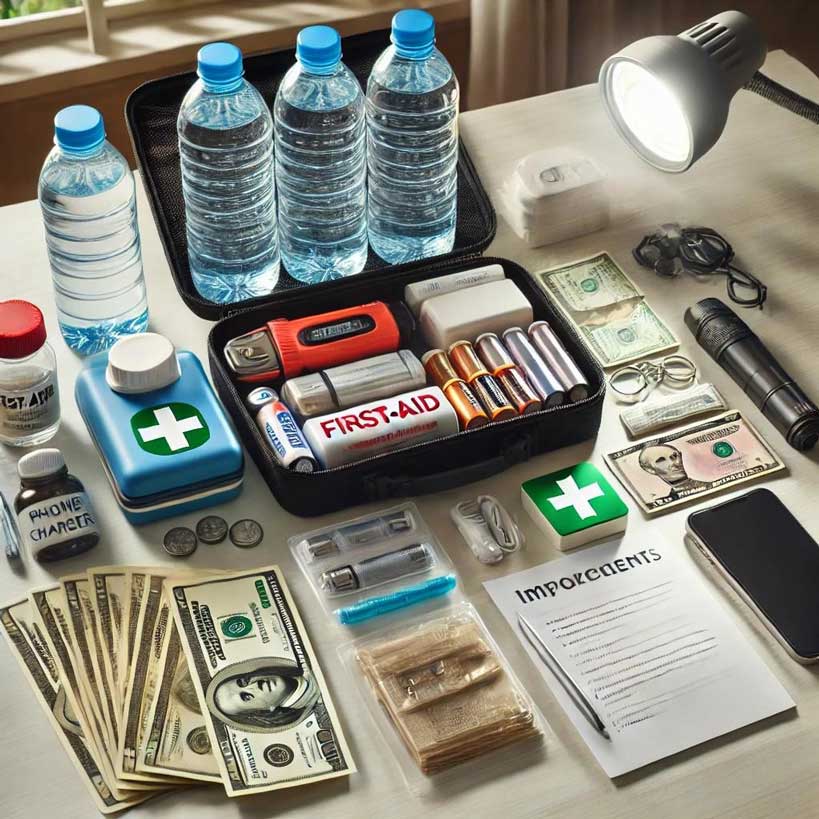
How to Stay Safe During a Fire Outbreak: Essential Tips for Protection
California has once again found itself in the grips of devastating fires, leaving many communities scrambling to protect their lives and property. Fire outbreaks can escalate rapidly, posing a serious threat to safety. Being prepared and knowing what to do can make all the difference. Here’s a comprehensive guide on how to stay safe during a fire outbreak.
1. Create a Fire Escape Plan

Preparation is your best defense. Create a fire escape plan that outlines the quickest and safest ways to evacuate your home. Practice the plan with your family, ensuring everyone knows the designated meeting points and escape routes.
– Know Two Ways Out: Identify at least two exits from every room.
– Practice Regularly: Conduct fire drills at least twice a year.
– Assign Roles: Designate someone to help children, the elderly, or pets.
2. Stay Informed
In the event of a fire outbreak, staying informed can save lives. Pay attention to local alerts and warnings.
– Use Reliable Sources: Follow updates from local authorities, fire departments, and emergency services.
– Sign Up for Alerts: Subscribe to text or email alerts for real-time information about fires in your area.
– Monitor Conditions: Use apps or websites that track fire activity and air quality.
3. Prepare an Emergency Kit

An emergency kit ensures you have the essentials needed during an evacuation.
– Basic Supplies: Include water, non-perishable food, a flashlight, batteries, a first-aid kit, and necessary medications.
– Important Documents: Pack copies of identification, insurance policies, and other critical documents in a waterproof container.
– Personal Needs: Don’t forget items like phone chargers, cash, and comfort items for children or pets.
4. Protect Your Home

While no home is completely fireproof, you can take steps to reduce the risk.
– Create Defensible Space: Clear vegetation and debris within 30 feet of your home.
– Use Fire-Resistant Materials: Opt for non-combustible roofing and siding materials.
– Install Safety Features: Equip your home with smoke detectors, fire extinguishers, and sprinkler systems.
5. Know When to Evacuate
Evacuating early can save your life. If you receive an evacuation order, don’t hesitate.
– Pack Quickly: Have your emergency kit ready to go.
– Follow Routes: Use the evacuation routes provided by authorities, avoiding shortcuts that may be blocked.
– Communicate: Inform family and friends of your location and plans.
6. Stay Safe If Trapped
If evacuation is impossible, take immediate steps to protect yourself.
– Seal Gaps: Use wet towels or duct tape to seal gaps around doors and windows to keep smoke out.
– Stay Low: Smoke rises, so crawl close to the ground to avoid inhaling toxic fumes.
– Signal for Help: Use a flashlight or bright cloth to signal your location to rescuers.
7. After the Fire
Even after the flames are extinguished, dangers may remain.
– Avoid Hot Spots: Be cautious of smoldering debris and weakened structures.
– Check Air Quality: Stay indoors if air quality is poor, especially if you have respiratory conditions.
– Seek Assistance: Contact relief organizations for shelter, supplies, or counseling if needed.
Final Thoughts
Fire outbreaks are unpredictable, but being prepared can significantly improve your chances of staying safe. By creating a plan, staying informed, and taking proactive measures, you can protect yourself and your loved ones during these challenging times. Remember, safety is the priority—property can be replaced, but lives cannot.
Stay vigilant, stay prepared, and stay safe.




